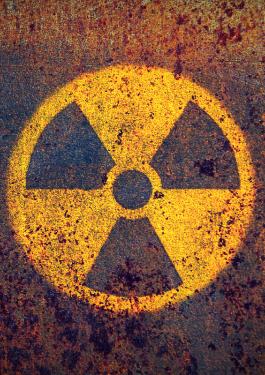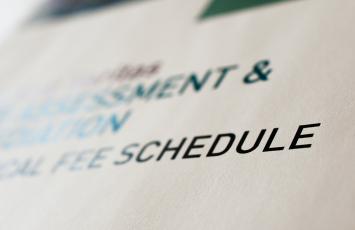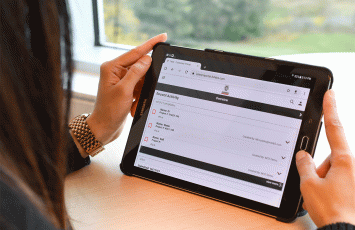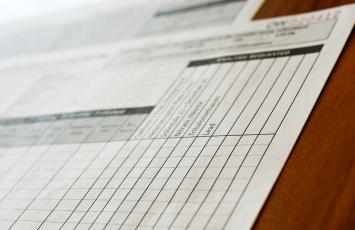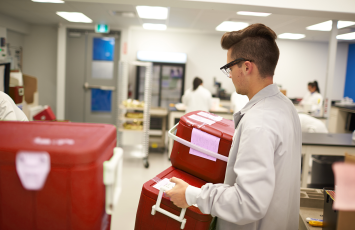Radioactivity and Radioisotope Analysis
Radioactivity analysis is important for monitoring naturally-occurring and other radioactive materials, the health of the environment, characterizing waste, remediating sites, and complying with regulations in mining, manufacturing and power generation. Bureau Veritas is a leader in radioactivity analysis with over 30 years of experience.
Our customers include environmental consulting firms, industrial manufacturers, construction developers, researchers and other testing laboratories who subcontract our specialized services. Government regulators and environmental consultants also utilize our services to help measure radioactive contamination that may be present in soil, water, air, sediment, food and consumer products.
Radioactivity Test Methods
Alpha Spectrometry
Alpha spectrometry is the most sensitive, but also the most involved radiochemistry method. It isolates the radioisotope through sample dissolution and radiochemical separation. Alpha emitting isotopes are then measured under vacuum by an alpha spectrometer.
Gamma Spectrometry
This cost-effective method uses the characteristic energy signatures of emitted gamma radiation produced during radioactive decay to identify and quantify the radionuclides present in a sample. Gamma spectrometry can determine many radionuclides at the same time.
Gas Flow Proportional Counting
Gas flow proportional counting measures ionizing radiation using a gaseous ionization detector. It screens samples for gross alpha and gross beta radiation. If chemical separations have been performed, it can be used to measure specific radionuclides, and is especially useful for beta-emitting radionuclides.
Liquid Scintillation Counting
Liquid scintillation measures ionizing radiation in an organic or organic-compatible liquid. It is especially useful for isotopes such as tritium and carbon-14 that are difficult to measure using other techniques.
Neutron Activation Analysis (NAA)
NAA is a highly sensitive, accurate technique used for total sample analysis in most matrices. This method identifies and quantifies elements by the analysis of characteristic gamma rays emitted during radioactive decay after being irradiated in a nuclear reactor. It measures total Uranium-238 and Thorium-232 and can also determine many trace elements.
Numerous Applications
As radioactivity naturally occurs everywhere, our radiochemical analysis methods are used across a wide variety of industries, including:
- Environmental – assessments, surveys, monitoring, remediation
- Mining – baseline assessments, characterizing process streams, effluent regulations
- Nuclear power generation – environmental monitoring
- Oil & Gas – liquids, solids, and waste/effluents associated with extraction, processing, storage, and distribution including pipelines, tanks and process equipment scales
- Agriculture & food including import and export regulations
- Drinking water – including Ontario (Canada) Ministry of Environment regulated
- Waste characterization
Related on-demand webinars
Understanding and Testing for Radioactivity
Elemental Analysis by Neutron Activation

